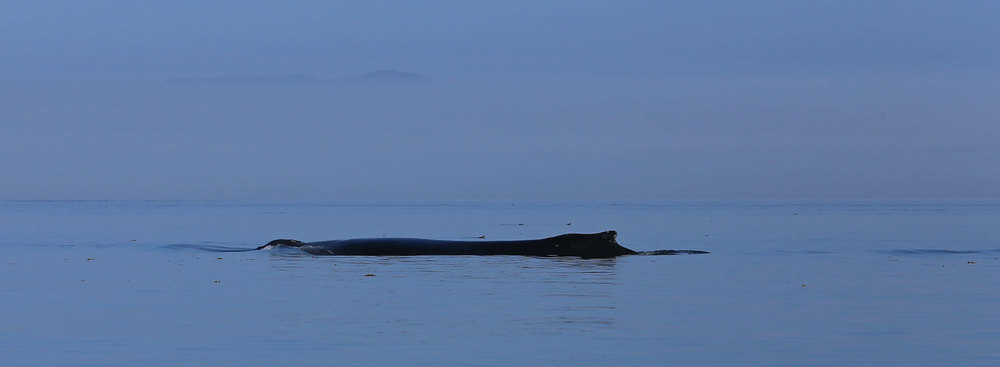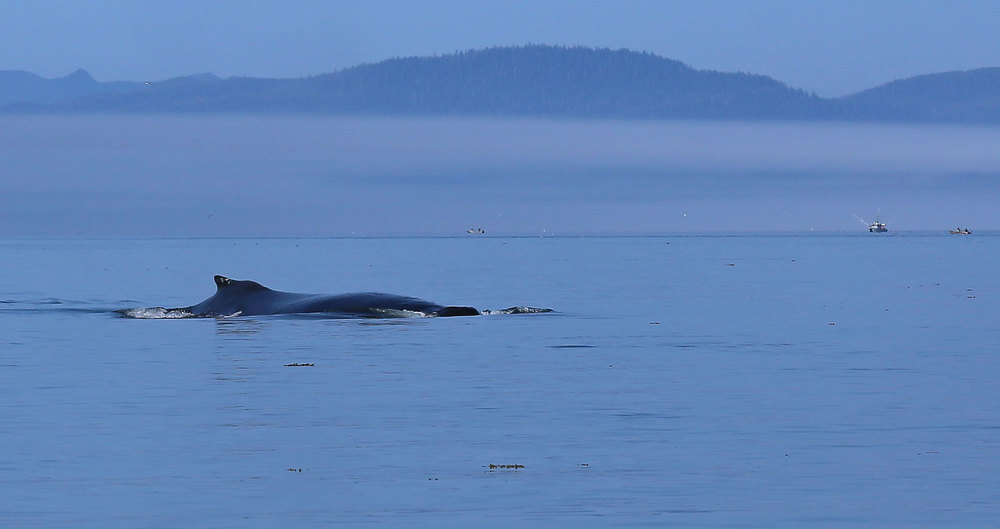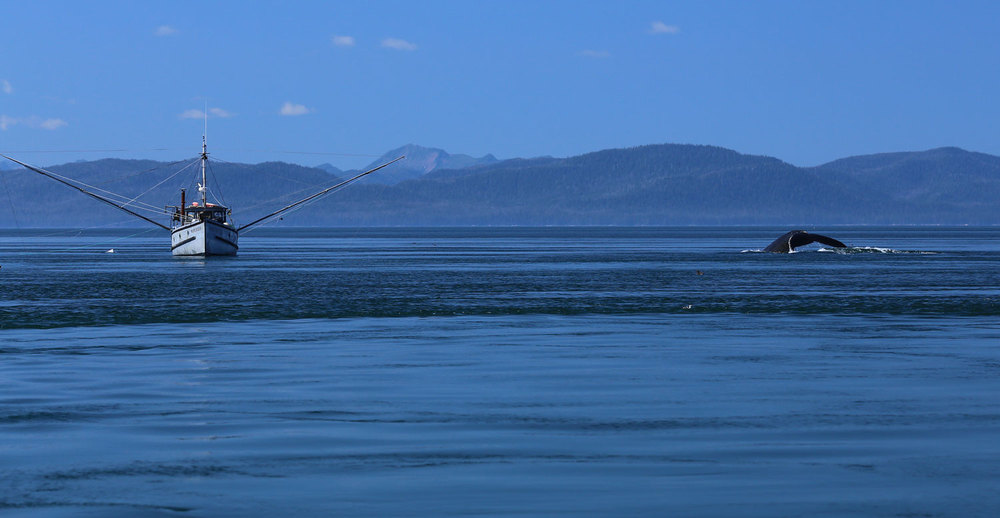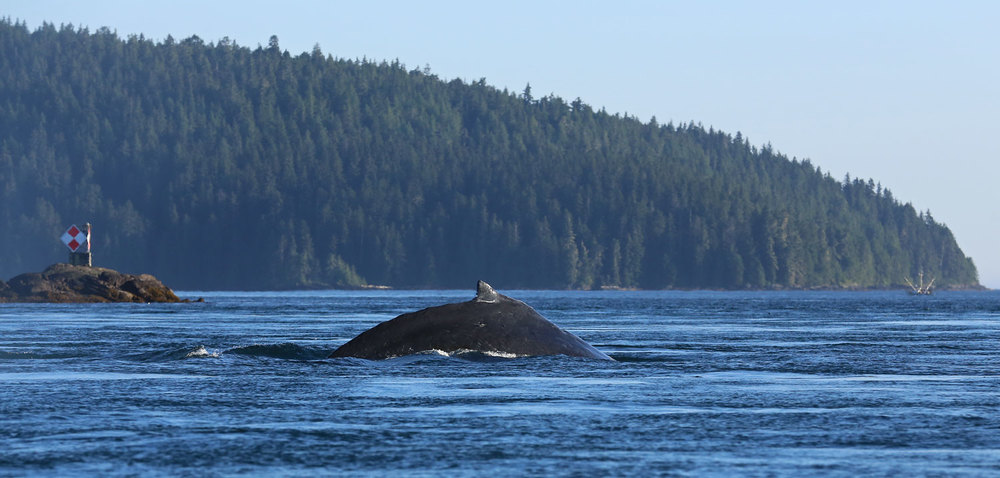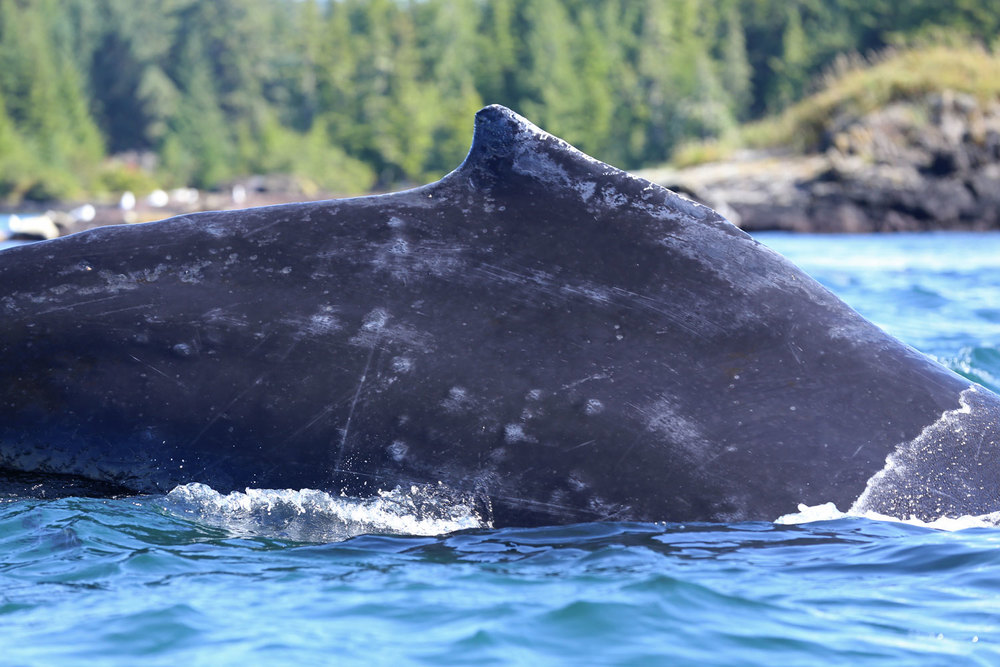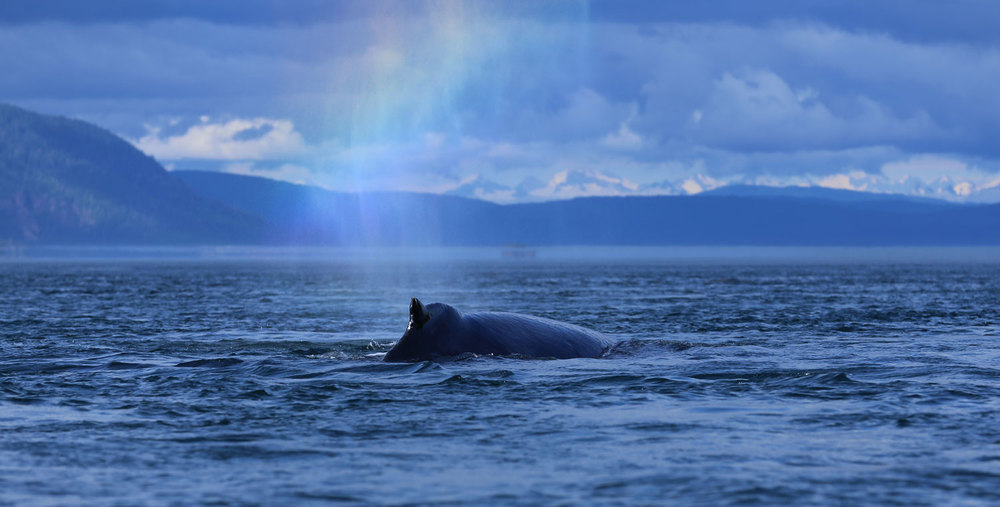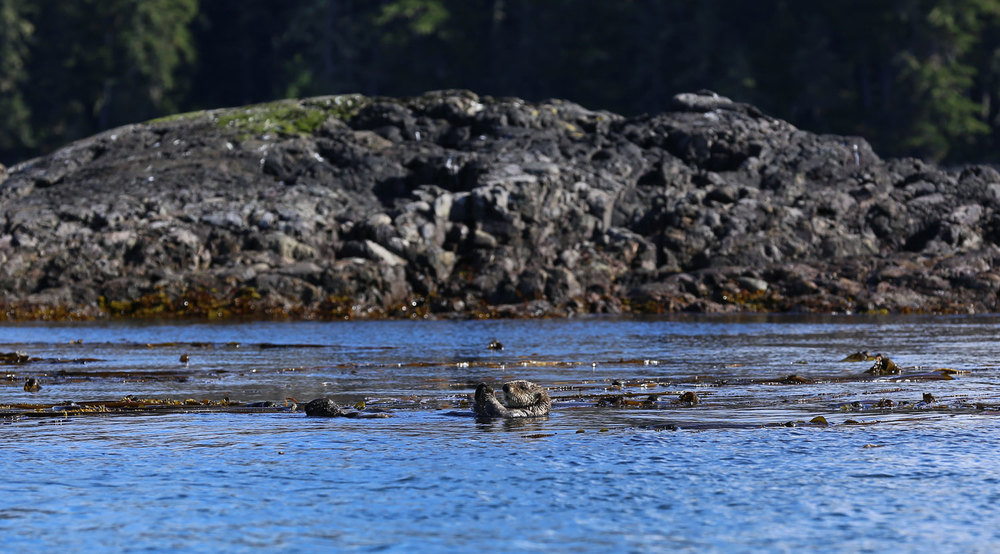Whales, Mink, and Crows
/One of the beauties of living aboard a boat is casting off the lines and taking the whole house with on a little trip. We did that last week, starting on a cloudy day, and cruising down Zimovia Strait to moor at the pilings in front of the cabin. Along the way there were five whales feeding. They surfaced here and there, two of them moving individually, and three keeping close company.

Humpback whales blowing.

They are amazing creatures to watch, and I never tire of seeing them. We didn't see any bubblenet feeding or breaching, but it was fun to watch the whales surface and dive.
Activities for the week-long outing were varied. We explored in the skiff, hiked up hillsides, and enjoyed seeing some wildlife.
We spent one boat day when it was pouring rain out. My sweetheart pulled gallon bags of wild blueberries out of the freezer and made 24 pints of jam and syrup. I helped ladle hot jam, clean jar rims, and clean up. Days of picking blueberries in late summer make lots of sense when there is a blueberry pie in January, and yummy jam all year.

The boat moored to the pilings at the cabin.
While out in the skiff we saw a mink darting in and out of the rocks along a beach. It was eating the small purple shore crab that tuck into the crevices and tide pools between tides.

Mink (Neovison vison )
This guy is just under two feet long.

Mink are members of the weasel family with sharp teeth and claws and high quality fur. Their motions are quick, so I often see just a flash of brown and then they are gone.
This guy was busy and didn't pay much attention to the skiff.

Mink eating a purple shore crab.

American mink (Neovison vison) peeking out between barnacles and seaweed. Don't let that little face fool you. This mink will shred your hand if you try to pet it.

The mink found a treasure trove of mink food - the remains of a large fish, so we left as the lucky little guy was gorging itself.
There is an occasional pebble or sand beach here, but most Southeast Alaska beaches are unfinished. Some are downright raw; stone set on edge, illustrations of the power of tectonic processes. Still the temperate rainforest finds foothold in the bedrock, topping rugged shorelines with tangled vegetation.
Maybe the shore in the photos to the right and below will be refined into a walkable beach in, say, a bazillion years.
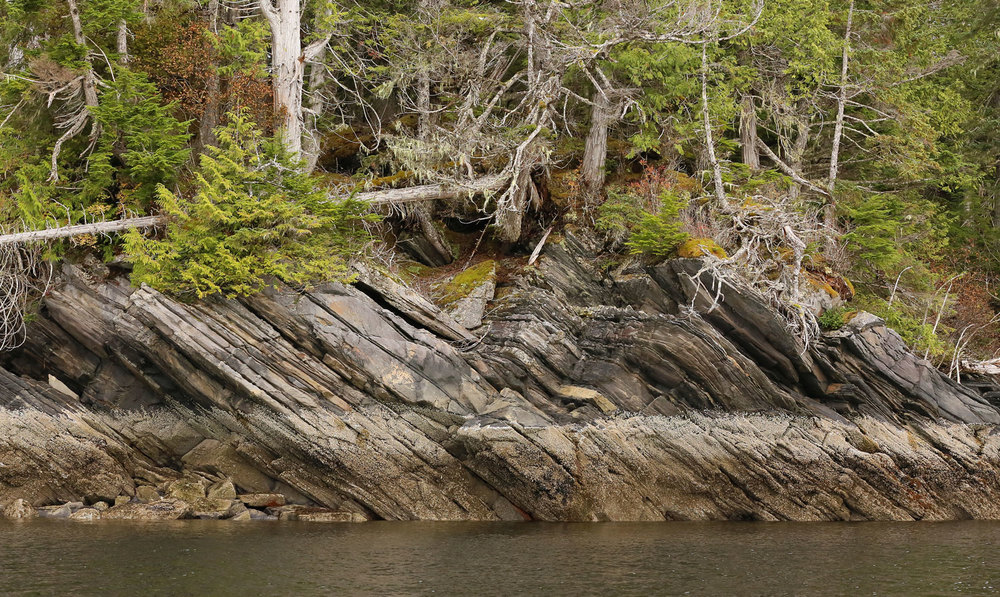
So let's not dwell on that.
As we motored by an exposed reef we saw a murder of crows feeding on wild crow food - snails, mussels, and other beach creatures. They have quite a buffet when the tide is out.

They discussed the proximity of humans in a skiff and decided to depart.

And they all took off.

All except Frankie.

With everyone else gone, Frankie found that the buffet was laid out for his personal, private feast. Frankie got right to work making the best of the situation.
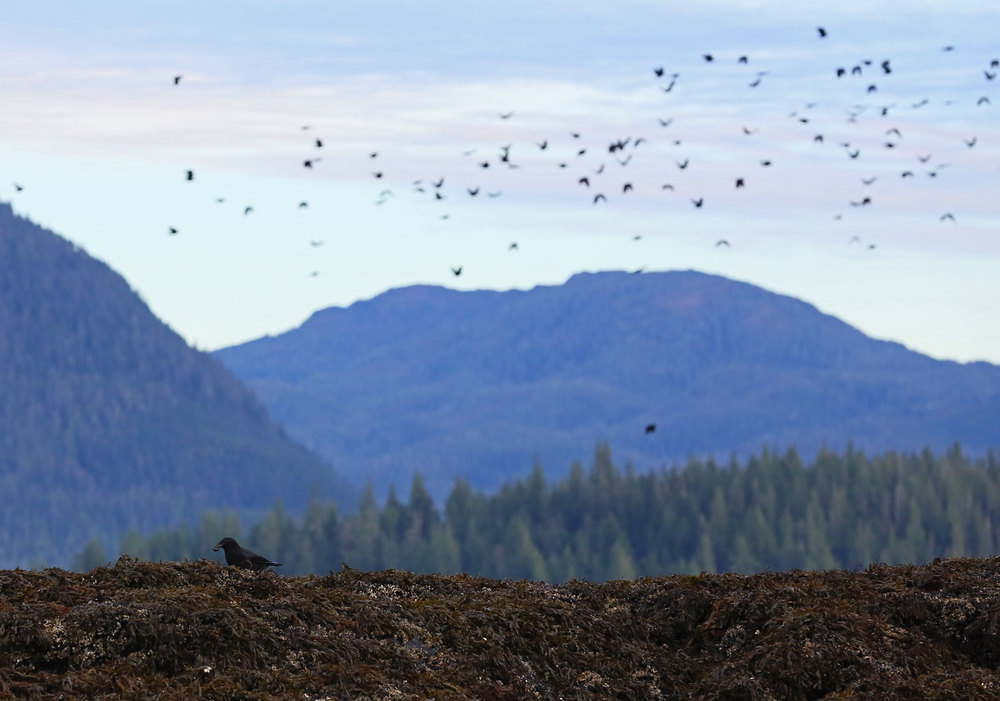
He would catch up to the flock when he was full. Not a problem finding them, their cawing could be heard for two miles.
May you always see the sunshine in the situation,
Alaska Beachcomber
More posts with whales:
Humpback Whales at Point Baker
And sea otters! Sea Otters, Seals, and ...an Eagle?
Great finds
- Casino Sites UK
- Best UK Non Gamstop Casinos
- Non Gamstop Casinos
- Non Gamstop Casinos
- UK Casinos Not On Gamstop
- Non Gamstop Casino
- Gambling Sites Not On Gamstop
- Non Gamstop Casino
- Non Gamstop Casino
- Non Gamstop Casino Sites UK
- UK Casino Not On Gamstop
- Meilleur Casino En Ligne
- Gambling Sites Not On Gamstop
- Best Casinos Not On Gamstop
- I Migliori Casino Non Aams
- Non Gamstop Casino Sites UK
- Casino Sites Not On Gamstop


